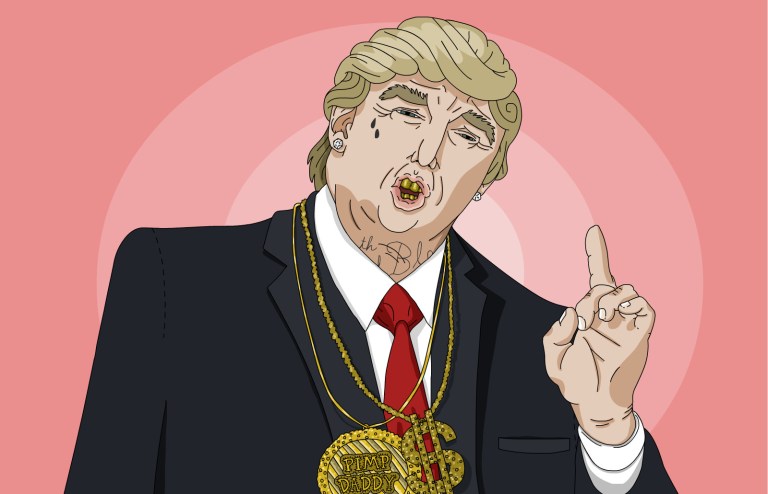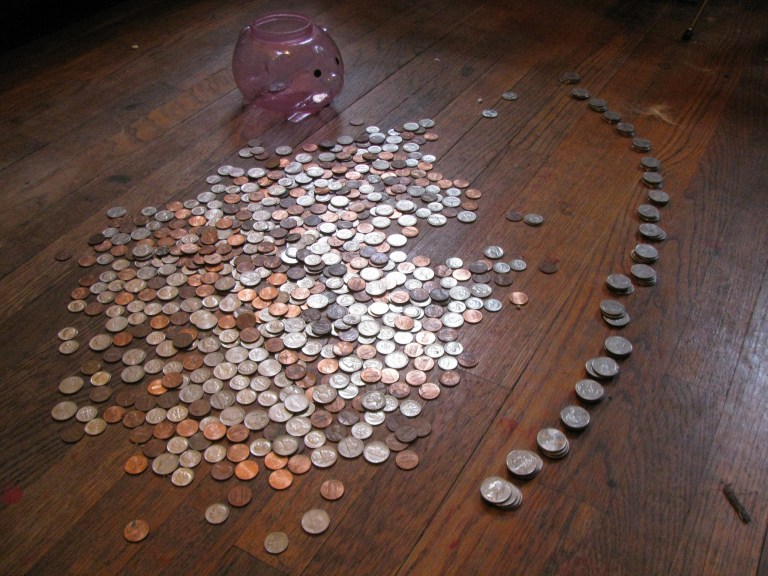5 Reasons Why Wall Street Should Be Taxed Like The Rest Of Us
There is currently no U.S. tax on the purchase of stocks, derivatives, and other financial instruments. The rest of us pay up to a 10 percent sales tax on the necessities of daily life.


1. The Top Four “Freest Economies” All Have FTTs
As of March 2014, Hong Kong and Singapore and Australia and Switzerland were the top four countries on the Heritage Foundation’s Index of Economic Freedom, and they ALL have FTTs (Table 2-9). Critics might argue that other non-FTT taxes are lower in Singapore and Hong Kong. But the World Bank dataset shows the U.S. with lower tax revenues as a percentage of GDP, and the CIA World Factbook shows little difference in the same measure. Economic freedom is not restricted by reasonable taxes on financial transactions. Economies may, in fact, be made freer by encouraging small-business investment over high-frequency trading.
2. The Top “Sin Tax” Candidate is Not Taxed At All
Cigarettes and beer are understandably taxed a lot, and then taxed some more. But the most dangerous product out there — derivatives — has a ZERO sales tax on it. The trading of high-frequency securities and derivatives and commodities is a quadrillion dollar industry without a sales tax. A quadrillion dollars. That’s a billion times a million. It represents the notionalvalue of trading, which is like a trip to Strawberry Fields, where nothing is real. With regard to derivatives it’s the sum total of the transitory high-frequency trading that gets so convoluted that no one knows who owns anything anymore. It’s the high-risk type of financial chicanery that nearly brought down the entire economy. But purchases are not taxed.
While average Americans pay up to a 10% sales tax on necessities, millionaire investors pay just a .00002% SEC fee (2 cents for every thousand dollars) for a financial instrument. And some Wall Streeters claim, inexplicably after the disastrous trading frenzy in 2008, that an FTT would increase volatility.
3. Quadrillion-Dollar Trader CME Has the Highest Profit Margin in the Corporate World
The annual trading volume for the Chicago Mercantile Group (CME), made up of the Chicago Mercantile Exchange and the Chicago Board of Trade, is over $1 quadrillion. From 2008 to 2010 the company had a profit margin higher than any of the top 100 companies in the nation, and its profit margin has reached new heights since then. The most lucrative buyer-seller arrangement in the nation is not subject to a sales tax.
CME traders use publicly-funded infrastructure, technology, systems of law, and security to process the billions of financial transactions that generate their profits. Yet CME demanded and received an $85 million tax break from the State of Illinois.
4. The Wall Street ‘Liquidity’ Argument is Bull Roar
Investopedia defines ‘liquidity’ as “The degree to which an asset or security can be bought or sold in the market without affecting the asset’s price. Liquidity is characterized by a high level of trading activity.” As the New York Times reports, “The ‘liquidity’ high-frequency trading provides is long past the point of being helpful. When high-speed trading was new, trading costs for all investors seemed to dip, but that trend has stopped, suggesting a point of diminished returns.”
Furthermore, it was the “high level of trading activity” that contributed to the financial meltdown in 2008. With modern-day trades increasingly processed at nanosecond speed by computers, the threat grows larger. In May 2010, nearly $1 trillion was lost in a “flash crash”that resulted, according to the S.E.C., from the high-tech sale of tens of thousands of futures contracts. An FTT would help to restrict this type of irresponsible trading.
5. Stocks Gained $4.7 Trillion in 2013 while Schools and Food and Libraries Were Cut
The stock market grew by $4.7 trillion in 2013. Most of this wealth went to the richest 10%, who own almost 90 percent of stocks excluding pensions (Table 6). According to a Pew Research study, 93 percent of Americans LOST wealth, on average, in the post-recession “recovery.”
Most of the $4.7 trillion was made through a non-productive buildup of capital value, by people who already had money well-positioned to make more money. An FTT would help ensure that some of the rewards of a productive society are returned to that society.
What is the Current Status of the FTT?
Senator Tom Harkin and Representative Peter DeFazio have proposed a 0.03 percent tax on stock, bond and derivative trades, with exemptions for retirement funds. Many traders are in favor of such a tax, for the purpose of stemming the “short-term trading mentality that has contributed to instability in our financial markets.” In Europe, a coalition of eleven governments is finalizing a proposal for a coordinated FTT.
Any objections? The Wall Street Journal had this to say about an FTT: “The waning investors’ wealth as a result of the decline in asset prices will reduce consumption and hinder economic recovery.”
The writers at the Wall Street Journal need to get out in the real world once in a while. ![]()



